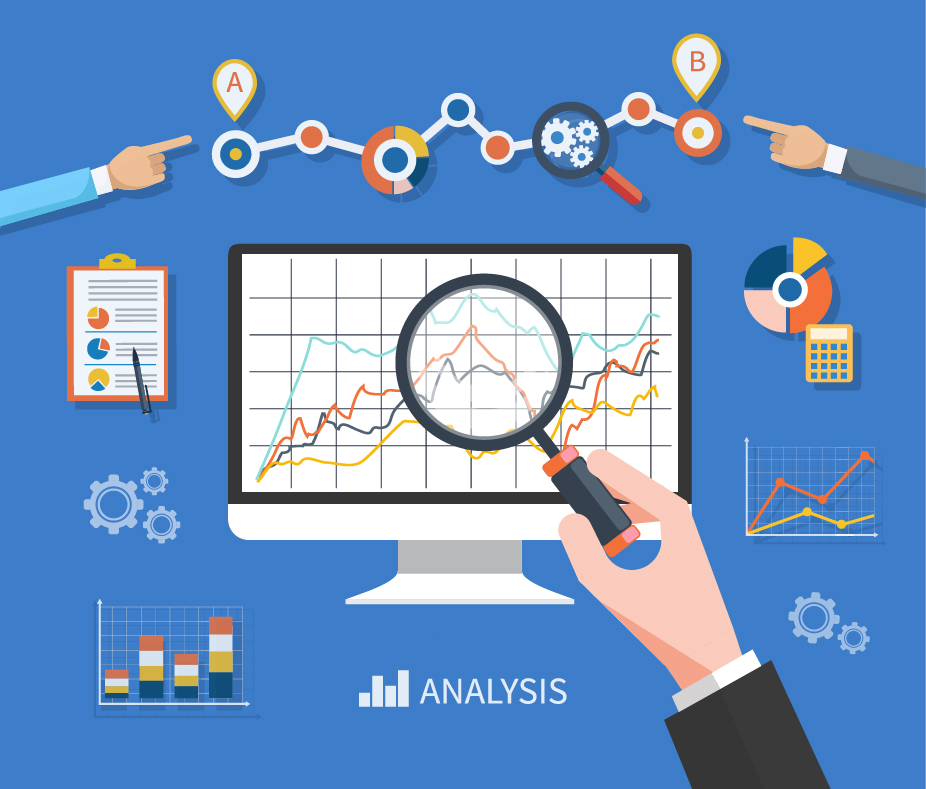Digital health information can be pushed or pulled, and while most health information systems are likely to have components of both, it is important to understand that they exist in different paradigms and require different policy and legislation. Pushing of digitalised health data works in ways similar to paper based systems; only electronically. Pushed health information arrives with the recipient only after the sender initiates transfer. Pulling of health data happens when users actively search for and extract the health information from the relevant source.
For example, a patient moving through a healthcare system can either have their medical records pushed by their previous medical practitioner to follow the patient to the new practitioner, or they can have a medical record from which medical practitioners can pull the relevant information when required. Effects of moving towards a pull system of data access need to be considered carefully, as it results in a shift in the burden of responsibility. While previously secondary care institutions may have pushed patient information to the respective general practitioner, the burden shifts to the general practitioner to keep track of the patient’s course through the healthcare system by pulling relevant information from one or more sources and data bases. Pathways through healthcare systems are often complex, and in systems where practitioners are expected to ‘pull’ the relevant health information on patients, the benefits of consolidation of patient health information to a single secure and centralised source become apparent.
The flip side to the shift in burden of responsibility, is that ‘pull’ systems in health information exchange create a shift of ownership over the health information, provided there are effective, mandatory and secure systems in place for reporting (uploading) health information. If information is pulled from a centralised patient health record, there is room for patients to gain more ownership over who can get access to it, resulting in a more patient-driven health information system. Additionally, both practitioners and patients are no longer reliant on finding and chasing medical records, to then have them pushed through by previous practitioners.
The benefits of pulling health information is not limited to health practitioners and personal medical records. If governments and other decision makers can pull public health information when and from where required, they are no longer dependant on reports being pushed to them. This results in more timely and evidence-based health policy, as well as a potential decrease in administrative overhead as health information is pulled only when needed, rather than processing everything which is pushed through.
Understanding the discrepancies between, and ramifications of, pushing and pulling health information is vitally important in moving towards digital health information systems and realizing the mandate of the new Primary Health Networks: more effective and efficient health systems in which there is good coordination of care.









